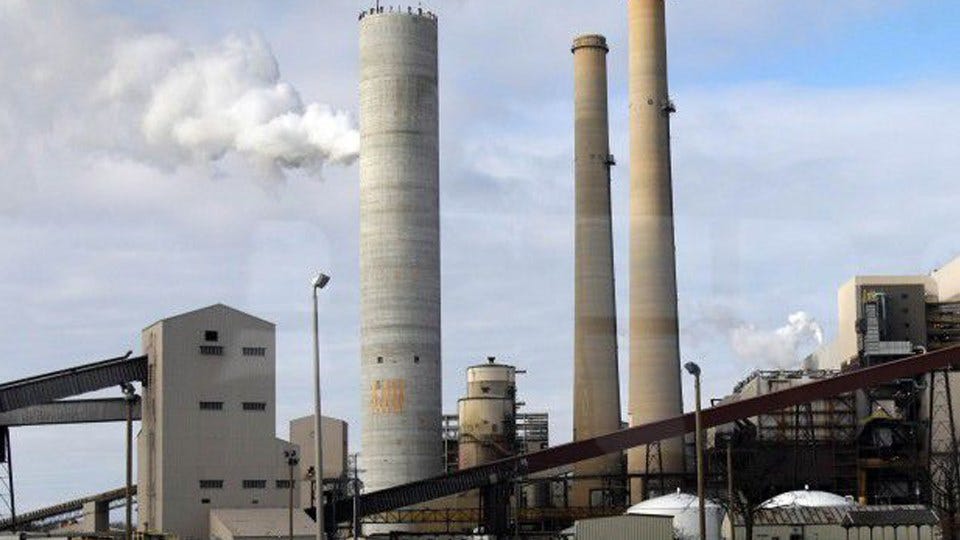Study: Coal Plant Closures Will Create Local Impact
 The Schahfer Generating Station in Wheatfield (photo courtesy of The Times of Northwest Indiana)
The Schahfer Generating Station in Wheatfield (photo courtesy of The Times of Northwest Indiana)
Subscriber Benefit
As a subscriber you can listen to articles at work, in the car, or while you work out. Subscribe NowA recent study from the Indiana University Public Policy Institute suggests the continuing shift from coal-generated electricity to cleaner energy technologies will have a negative economic impact on four Hoosier communities. The study focused on the closures or partial closures of plants in Jasper County, Michigan City, Petersburg and Rockport, which are slated to begin this year. Jamie Palmer, senior policy analyst at the IU Public Policy Institute, says the goal of the study was to assess the socioeconomic and fiscal impacts of the closing of coal-fired power plants.
Palmer says the economic impacts would not be very big from a statewide perspective.
“But for the communities that it’s happening to, it is a big deal. For the families that it’s happening to, it is a very big deal and circumstances of a community or of a family all make a difference in terms of how they would be affected by the closure of a plant or the loss of a job,” Palmer said.
The plants examined in the study include Northern Indiana Public Service Co.’s Michigan City Generating Station, as well as the coal-fired units at its Schahfer Generating Station in Jasper County. The study also analyzed two soon-to-be closed coal-fired units at the Petersburg Generating Station from AES Indiana, and the Rockport Generating Station, which is operated by Indiana Michigan Power and is closing one of its coal-fired units.
According to the study, the closures would directly result in the loss of up to 652 jobs, more than $77 million in employee compensation, and about $354 million in economic output. Researchers compared the loss in economic output with the state’s total output from 2019, which totaled nearly $380 billion.
Palmer says one of the biggest concerns for communities was not having enough information soon enough to make plans to compensate for any losses.
“I think the other thing that particularly local governments are worried about (is) the fiscal impact. Those are big, large facilities that have a lot of assessed value and can be a big proportion of a particular local government, depending on where they are,” said Palmer. “For Schahfer, which is in northern Jasper County, the part of the plant that’s going to close is a big portion of the school district and the township.”
The study says the Schahfer plant is expected to lose about 300 jobs, while the others may lose about 120 jobs each. Palmer says the Petersburg closure could create a ripple effect as well.
“They’re worried about losing population and the effects that will come after the plant closes if folks can’t find jobs nearby or can and don’t want to stay in the county,” she said.
Palmer says the researchers spoke with local stakeholders in the areas of the Schahfer and Petersburg plants and said both had already begun planning efforts to mitigate the negative impacts of the plant closures. She says the consideration of adding more renewable energy options is among the discussions.
“I think in both those regions, interests also are very concerned about whether there’s going to be reliable energy at a reasonable cost. I know in northwest Indiana, I think there’s a group now of large industrial users that are thinking about what they should be doing relative to this move from coal-fired to more renewables.”
You can connect to the full report by clicking here.
Palmer says the economic impacts would not be very big from a statewide perspective.
Palmer says some areas are working on mitigating the effects of the closures.
